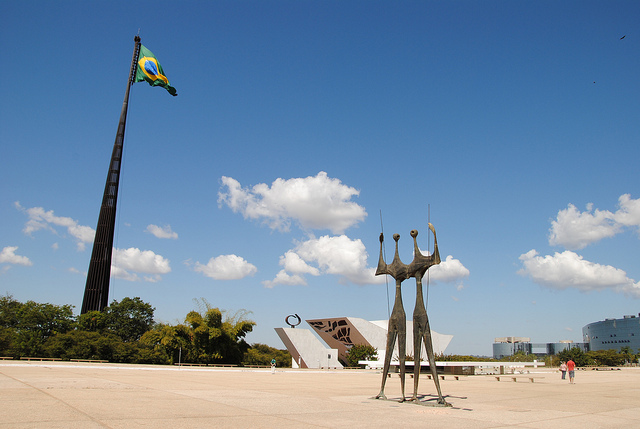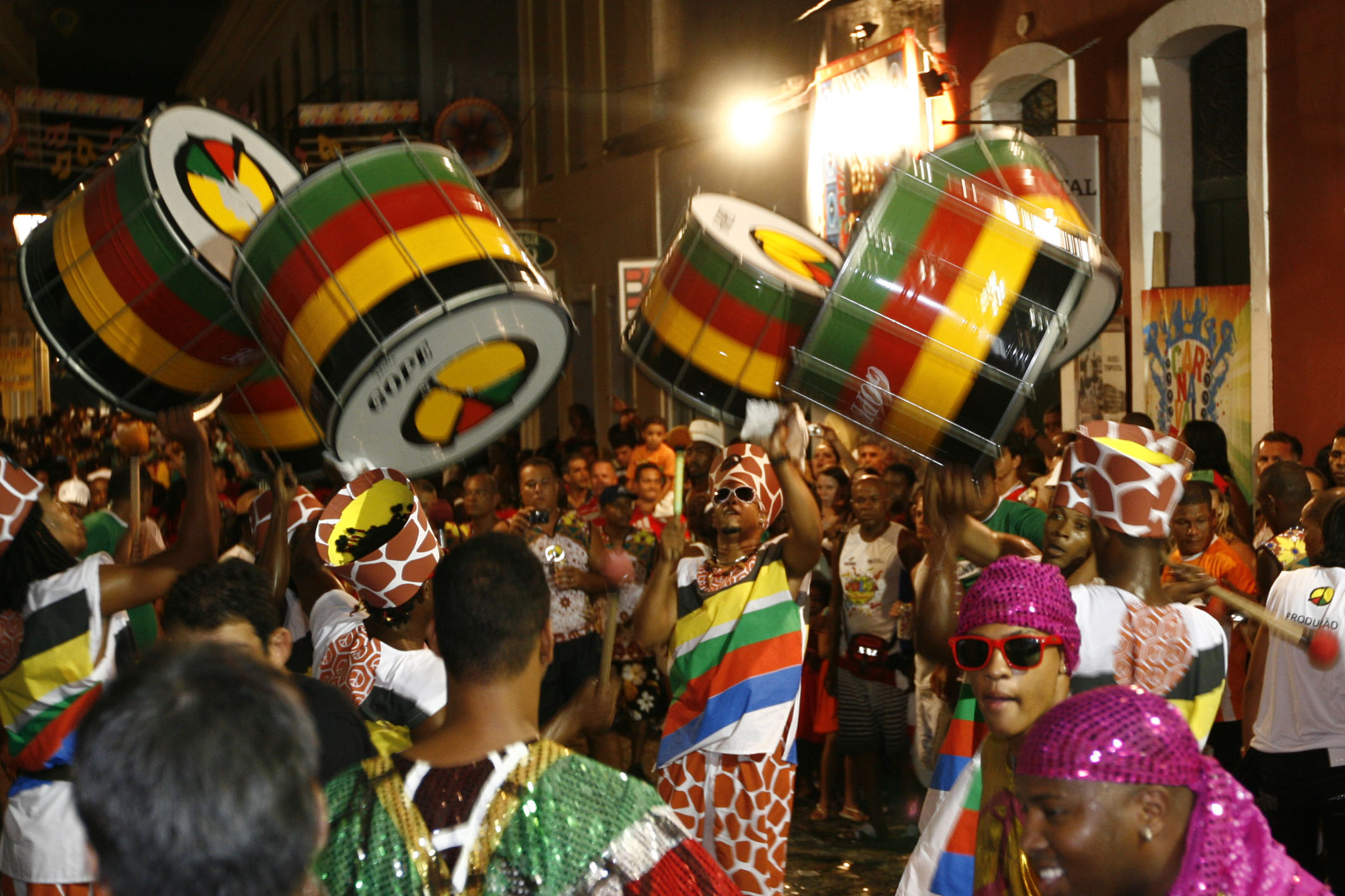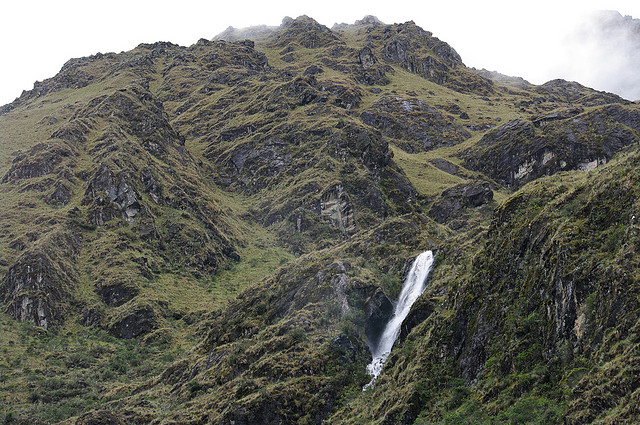Category Archives: South America Guides
Top Tourist Attractions In the Distrito Federal
The top tourist attractions in the Distrito Federal shed light on the history, culture, and modern architecture of Brazil. Home to the capital of Brasilia, it bears the honor of showcasing Brazil’s best features. If you want to see and experience different facets of this part of the country, then hop on a TAM flight and check out some of the following attractions!
#1: Parque da Cidade
Parque de Cidade or “City Park” is situated in Brasilia and occupies 4 million square meters of the city. Brazilian president Juscelino Kubitscheck named it after his wife. The park features landscape works of Burle Marx. Public restrooms are available and decorated with wall tiles designed by Athos Bulcão.
The park has plenty of recreational facilities. Among them are the children’s playground, walking trails, bicycle tracks, horse tracks, race kart track, sports courts, and skating tracks. Hundreds of people come here every day. The main entrance can be accessed from the Monumental Axle South.
#2: Metropolitan Cathedral
The cathedral was inaugurated in 1970 and features Gothic architecture. It’s one of the top tourist attractions in the Distrito Federal. Its design was by Oscar Niemeyer but its stained glass windows were creations of Marianne Peretti.
Stained glass windows have a triangular, vaginal shape much like any Gothic church. They were strategically placed to bring sunlight towards the aisle. Its pillars contradict traditional Gothic design and were shaped after reversed praying hands. The curves designed by Niemeyer reflect his admiration for the beautiful bodies of Brazilian women.
Just outside the church are sculptures of the four evangelists by Alfredo Ceschiatti. Paintings by Athos Bulcão and Di Cavalcanti which depict the Passion of the Christ are also worth seeing in the cathedral.
#3: Praça dos Três Poderes
The “Three Powers Square” contains three notable buildings designed by Oscar Niemeyer namely the National Congress, Planalto Palace, and Higher Courts of Justice. Also in the square is Panteão da Pátria or “The Motherland Pantheon” and Lúcio Costa Space. Three sculptures by notable artists stand proudly in the square as well and comprise of Os Candangos by Bruno Giorgi, Pombal by Oscar Niemeyer, and Justice by Alfredo Ceschiatti. Praça dos Três Poderes is one of the top tourist attractions in the Distrito Federal.
Visiting Brazil in between the World Cup and the Olympics
Right now, there is no nation in the Americas that is as hot from a travel standpoint than Brazil. After hosting a successful World Cup despite the gloom and doom predictions of naysayers, this country is in better shape than ever to host travelers in its many interesting cities, towns and tourist attractions.
Between the World cup and the Olympics, there is still plenty of opportunity to book flights on TAM airlines and come down to South America’s largest country to experience Brazil before the crowds drive up prices once again.
With this in mind, here are some sights that you should check out in this diverse and laid back country…
Rio de Janeiro
Brazil’s most famous city sits in the shadow of Sugarloaf Mountain and faces the idyllic waters of the Atlantic with some of the world’s most famous beaches, making it a perfect introduction to Brazil as a whole.
After getting settled in your hotel, don’t deny yourself any longer – head straight for Copacabana Beach, a hive of activity where beach volleyball, football and surfing are pursued with gusto, while others are content to bake in the sun.
Before departing Rio, be sure to pay the Christ the Redeemer statue a visit if you’re into history, or go hang-gliding from the clifftops above the city if you are in need of a shot of adrenaline.
Manaus
If exploring the Amazon is high on your list of things to do, then flying to Manaus is your first step to discovering the secrets of its massive wild interior. Before renting a boat to take you deep into the heart of this wilderness though, be sure to take in a Nacional Futebol Clube match, Manaus’ football team.
They now have a shiny new stadium courtesy of the 2014 World Cup, a fact that the NFC’s supporters greatly appreciate. Before setting off in the bush, take time to also view the fabulous structures that the rubber trade has built over the years, most notably Teatro Amazonas, where free performing arts shows go regularly.
Salvador
Are you an enthusiastic party person? If so, coming to Salvador for Carnival 2015 will be a very smart move, as you will be able to duck the crowds that will almost certainly be present in 2016 in the lead up to the Olympics.
This is the place that boasts the world’s biggest celebration of the week before the start of Lent, a time where Salvador’s residents celebrate decadence before the penance and self-denial that defines the 40 day season.
While the prices and the amount of people here will be less this year than next, be sure to book early regardless, as prices on remaining accommodations shoot up dramatically the closer one gets to the big week.
When you aren’t reveling, Salvador’s numerous museums, churches, and sublime beaches will occupy what time remains in your trip here.
A guide to dressing for the different conditions on the Inca Trail
Although the Inca Trail in Peru isn’t a particularly long trek (typically it takes four days to complete), you’ll experience varied conditions along the route. This means you need to be well prepared for your hike and make sure you pack appropriately.
We’re going to give you a brief rundown of the different weather you’re likely to encounter while on the Inca Trail, as well as make packing recommendations. If you’d like to know more about what you’ll see along the way, check out Walks Worldwide for detailed itineraries.
Weather on the Inca Trail
The main season for trekking the Inca Trail is from April to October, as these are the driest months. It’s still possible to hike during November and December, but these tend to be wetter and also warmer.
Even if you travel between April and October, you shouldn’t expect the rain to hold off – it is not uncommon to encounter wet weather at any time of the year in the Andes, so make sure you’ve got waterproofs in your luggage.
One of the other important things to remember is that temperatures vary widely between the day and night. Once the sun goes down the temperature can drop to below freezing, while during the day it can be warm and humid. This means you need to be prepared for a variety of conditions.
Essential items to pack
No matter where in the world you are trekking, one of the most important things to have is a pair of comfortable, well worn hiking boots. Knowing that your shoes won’t give you blisters or cause you pain when you’re walking for long hours over the course of several days is a godsend.
Of course, it never hurts to take blister plasters in your daypack just in case, but wearing shoes that fit you and that you’ve hiked in before is the most important thing. Thick, good quality walking socks are another item you’ll want to bring. It’s worth taking spare pairs with you in case your feet get wet and you need to change your socks.
Waterproofs are another essential – a poncho that you can throw on quickly if you get caught in an unexpected downpour is a good addition to your daypack, while taking a breathable waterproof coat is also a sensible idea.
In terms of clothes, the key is layers to allow you to effectively regulate your temperature. Peru has some of the most variable weather in South America. Choose garments in a moisture-wicking fabric to wear against your skin and pack thermals for the evenings. Gloves, scarves and hats are other things you should take – you’ll be glad for them when you’re crossing Dead Woman’s Pass, the highest point on the trek.
Mosquito repellent, rehydration salts, hand sanitiser and wet wipes are just a few of the other things you should have with you at all times.
A word about packing
Although you need enough clothes to keep you dry and warm on your trek, remember that it only lasts for four days. You will be limited to taking 8 kg worth of luggage with you, as this prevents the porters from being overloaded.
If you have more gear than this, you can usually leave the things you don’t need at your hotel in Cusco and collect them once you’ve completed the hike. As an extra precaution from the rain, pack your clothes in plastic bags inside your main backpack to help prevent them from becoming damp.







 Welcome to Home Town Travel Guides.com , your source for travel guides written by locals and those who've been there and done that! ~Jeremy
Welcome to Home Town Travel Guides.com , your source for travel guides written by locals and those who've been there and done that! ~Jeremy